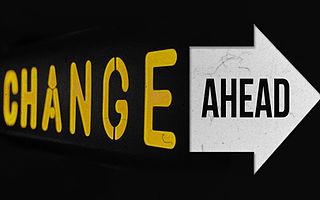7 lessons for KM change; case study from the early days of KM at the World Bank
In a great blog post, Seth Kahan shares 7 lessons on KM change programs
In the post from 2009, Seth talks about leading KM change at World Bank, and contrasts his first KM initiative (which failed) with his second (which succeeded).
The first initiative was “was comprised of a few select, world-class thought leaders who drew on a dedicated budget to design and implement a powerful new tool they hoped would revolutionize the way business was done. We met in closed meetings, witnessed remarkable demonstrations, and marveled at the power of the Internet to spread knowledge.”
In other words, KM was being pushed by a closed group, who were “preaching only to the choir“. Unsurprisingly, nothing came of it.
The second initiative, with no budget and no resources, “told everybody what we were up to. In fact, we spent a good deal of time in the beginning figuring out how to tell as many people as we could, as fast as possible. We even met regularly with our detractors, as their input was sometimes needed the most”.
The second initiative was being run as a change program, with communication extending beyond the closed group of supporters, and engaging with everyone. And within 2 years, it had changed the organisation.
Seth’s seven lessons for Change
Seth identifies seven lessons for KM change based on his experience
1. Communicate so people get it and spread it. As he says though, this is not one-way communication, but a conversation that spreads
2. Identify and energize your most valuable players. These are your supporters, your early adopters, who can be used to drive KM forward.
3. Understand the territory of change. Seth had a method for mapping stakeholder support, and a similar stakeholder mapping will be valuable for you (see here for a possible method).
4. Accelerate evolution through communities. This one, I think, may be specific to the World Bank. Communities of Practice worked well there, because of the large dispersed nature of the work. Smaller co-located organisations may find other ways to introduce and implement Knowledge Management; perhaps through After Action reviews, or focus groups. You need to work within your own Knowledge Management Strategy and Knowledge Management Framework.
5. Blow through bottlenecks and logjams. Seth suggests a “SWAT Team” mentality. But please don’t bulldoze people!
6. Create dramatic surges in progress. Seth suggests special events to drive progress. Another way is to create energy around early successes; those Proof of Concept exercises where Knowledge Management first adds real value to the business.
7. Keep your focus when change comes fast. When KM is successful, it can accelerate alarmingly. Stay cool – it’s all good!
Contact us for more details on leading change management as part of Knowledge Management implementation
Tags: Archive, change management, implementing KM


Leave a Reply